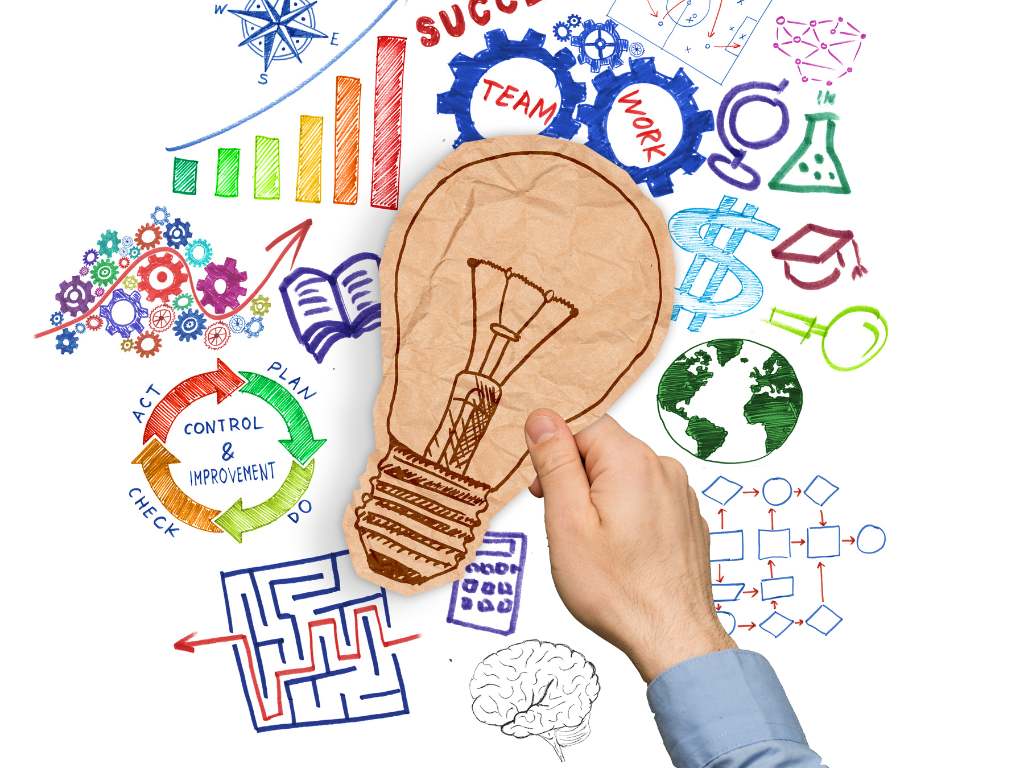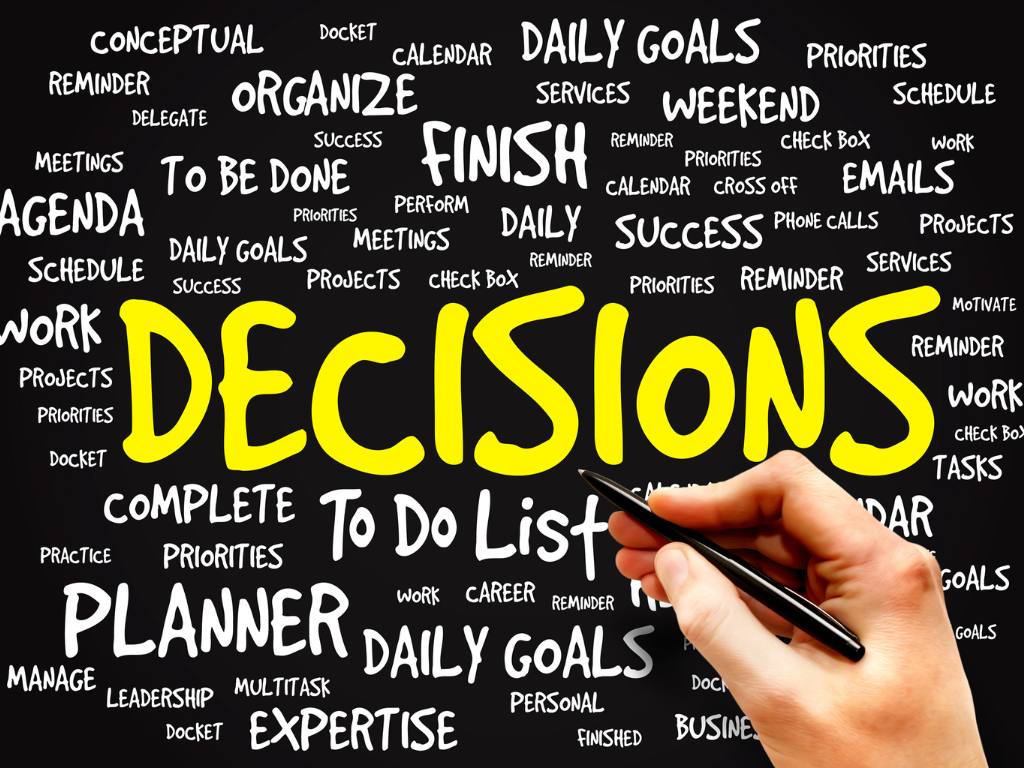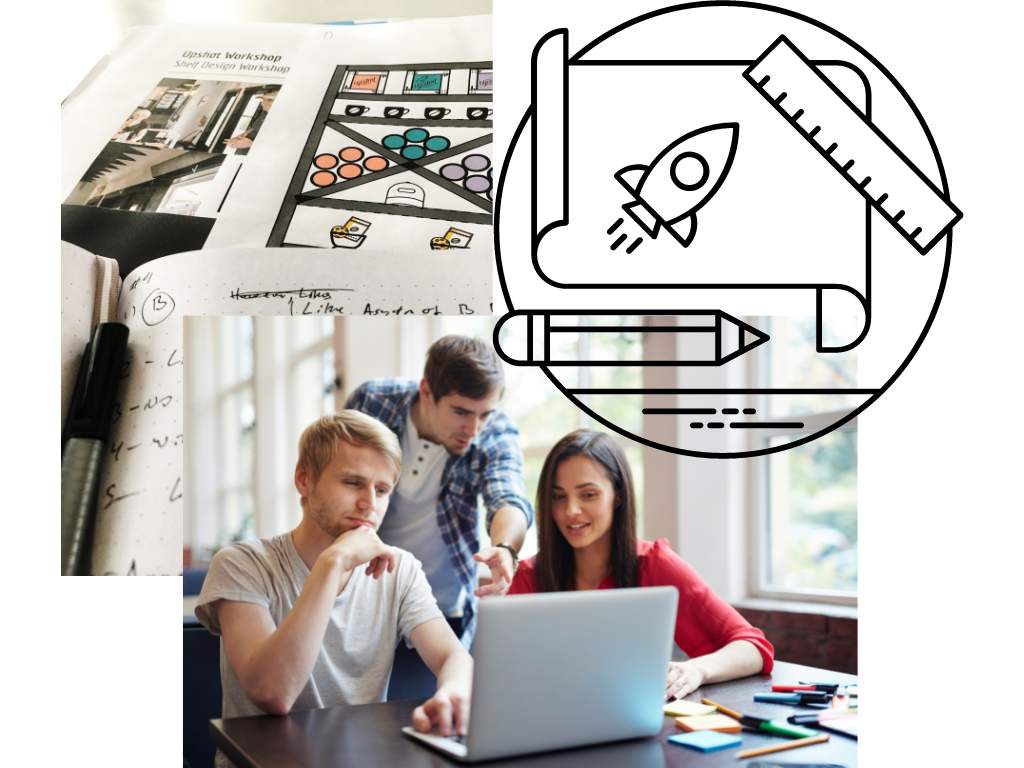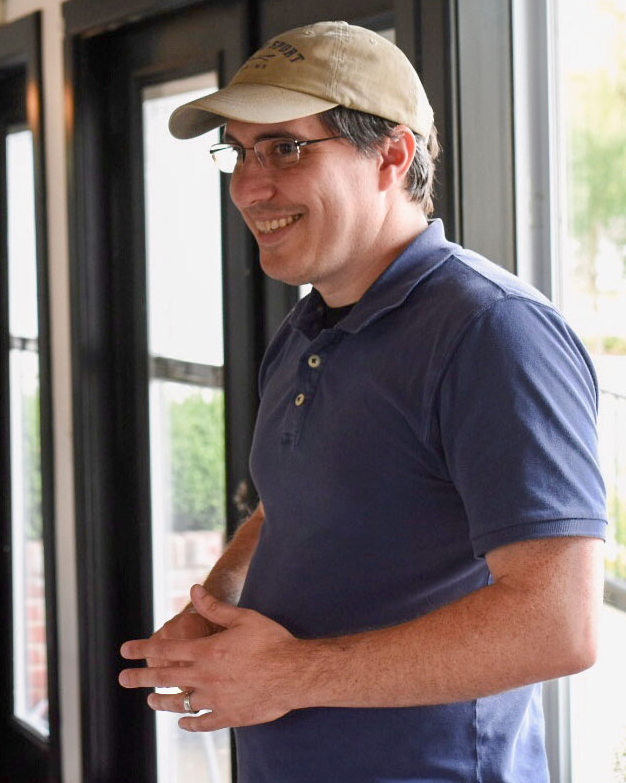A Structured Format and Visualization for Successful Team Collaboration
The Power of a Structured Format for Team Collaboration
As a facilitator, I’ve found that a structured format is one of the best ways to get things done, make progress, and improve team collaboration. By using a structured format, we can make sure that everyone on the team has a chance to contribute and that all ideas are given equal weight. This can help us avoid the problems of groupthink and make sure we look at a lot of different points of view. A structure gives a team a plan to follow, giving them a method they can use again and again to solve problems on their own.
Using a structured format can help us avoid the problems that come with groupthink. Groupthink happens when a team becomes too focused on one idea or point of view and stops thinking about other ideas or points of view. This can make it hard for the team to make good decisions and find the best ways to solve problems. By using a structured format, we can make sure that everyone on the team has a chance to speak up and share their ideas, and that all ideas are given the same amount of weight. This can help us avoid the problems that come with groupthink and make sure we’re looking at a lot of different points of view.
Structured formats can also help us be more efficient and focused. By sticking to a set of rules, we can avoid talking about things that aren’t important or getting off track.

Visualization Techniques: Seeing the Big Picture and Finding Creative Solutions
Visualization is a powerful method that helps teams work together. By drawing pictures of our problems and ideas, we can see the bigger picture and come up with creative ways to solve problems. For example, if we want to streamline a process in our organization, we might make a process map to show how the process works and find places where it could be improved. This can help us see the steps in the process more clearly and find bottlenecks or inefficiencies that we might not have seen otherwise.
Alternatively, we can use the together, alone principal that states, even though the team of people are sitting together at the same table, they are still working individually. So no discussing or brainstorming together. All ideas are captured individually on sticky notes then displayed randomly for everyone to see. This is a great way to visualize everyone’s ideas at the same time that are not influenced by groupthink bias. This is a great way to get to the heart of an issue or generate a wealth of diverse ideas.

Mindset Matters: The Importance of a Willingness to Change and Focus
Another important part of working well as a team is being willing to change your mind and focus on one challenge at a time. Too often, we get stuck in our ways and refuse to look at other points of view or ways of doing things. We can work together better and find better ways to solve our problems if we are open to new ideas and ways of thinking. This is especially important when you’re trying to solve problems that are hard or complicated and require you to think outside the box.
By giving equal consideration to all ideas, a team can then silently vote on the best ones. This eliminates the influence of individuals who might try to sell their ideas or bias the process. It’s also easier for team members to accept new or different ideas when they don’t have to be openly discussed. However, some ideas may need to be discussed for clarity, except now the discussion can be kept very focused because the team has collectively selected the best ones.

Decision-Making Mastery: The Key to Confident, Informed Choices
For teams to work well together, they also need to be able to make good decisions. As a facilitator, I’ve learned that it’s important to make sure everyone feels safe and supported so they can share their thoughts and ideas. This can help us make better, more well-informed decisions based on many different points of view. It’s also important to set clear criteria for making decisions and include everyone who has a stake in the matter. By taking the time to carefully think about all of our options and make well-informed choices, we can avoid making mistakes that cost a lot of money and improve our chances of success.
Now that the team as collaborated on the best ideas, its time to test them. But before that happens the team will once again collectively rank their best solutions by the impact it will have for the team or company and how much effort it will take. This will give eash solution a priority and allow everyone to see how realistic it is based on time and resources available.
Finally, take a small amount of time, about two weeks, and test aspects of the solution by making a short list of to-dos for each and assign two to three people to the tasks. This key step will help avoid chasing a solutions to completion only to find out it really wan’t the best idea despite everyone agreeing it was.

The Role of the Facilitator: Guiding the Team towards Success
Finally, a facilitator is a key part of making sure the team stays on track and moves closer to its goals. A facilitator can help a team make better decisions and take consistent, daily steps toward reaching its goals by guiding the conversation and keeping everyone focused on the task at hand. A facilitator can also help the team work out disagreements, solve problems, or get around roadblocks.

Achieve Your Goals with Effective Team Collaboration
Overall, using a structured format for teamwork, using visualization techniques, being willing to change our minds, and focusing on one challenge at a time are all powerful tools that can help us succeed. By using these strategies, we can unlock the power of our imagination and make better, more confident decisions that will help us reach our goals.

